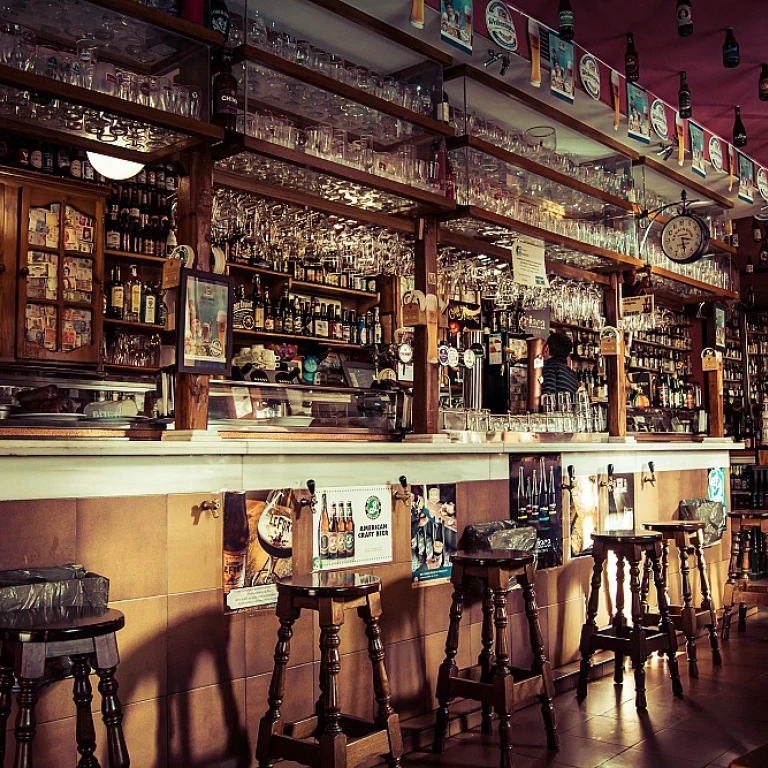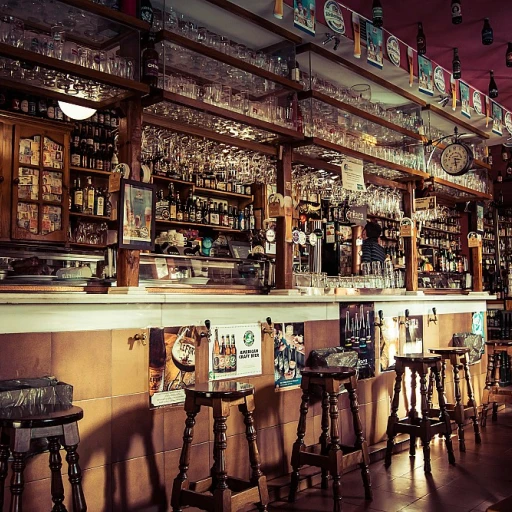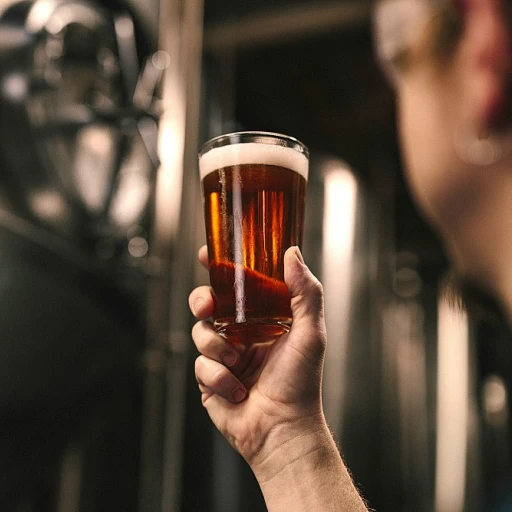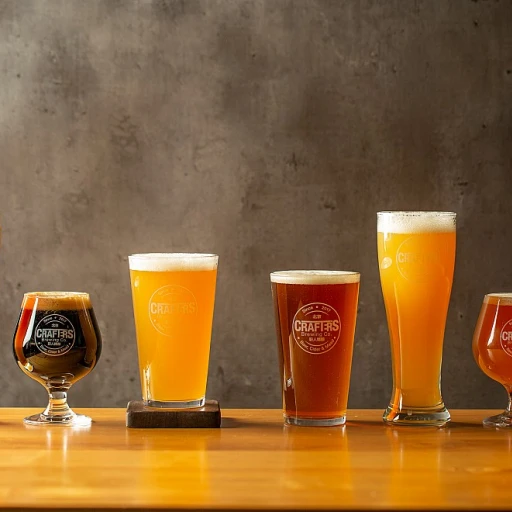
The Basics of Caramelized Malt in Beer
Understanding Caramelization in Brewing
Beer enthusiasts often wonder what gives certain dark beers their intriguing depth and complexity. The secret lies in the use of caramelized malt, a fundamental ingredient when brewing beers that captivate the senses with rich color and taste. Caramelized malt, also known as caramel malt or crystal malt, is produced through a process where malted barley is kilned at specific temperatures, allowing the sugars within the grain to caramelize. This not only imparts a sweetness and a toasty flavor but also enriches the beer with hues ranging from deep amber to dark brown.Why Caramelized Malt Matters
The introduction of caramelized malt into the brewing process serves multiple purposes. It contributes to the beer's body, influencing its mouthfeel and perceived richness. By experimenting with different levels of caramelization, brewers can achieve various flavor profiles and colors, which is central to the art and science of crafting diverse beer styles. Combining caramelized malt with other ingredients allows brewers to create unique variations, enhancing both the beer's aroma and flavor. Understanding the role of caramelized malt is crucial for those interested in how different malt types affect the final product. Dive deeper into the allure of rich and robust dark beers to explore this fascinating aspect of beer creation further.Exploring Dark Beer Styles
The Intricacies of Dark Beer Styles
Dark beers brewed with caramelized malt are a diverse category, offering a wide array of flavors and experiences. Understanding these styles will enhance your appreciation of these unique brews. Let's delve into some of the most popular dark beer styles that showcase the charm of caramelized malt.
Stouts: The Quintessential Dark Beer
Known for their robust flavors, stouts are a perfect example of dark beers that often use caramelized malt. Their rich, creamy character is complemented by roasted notes and a hint of sweetness. To truly experience the full-bodied nature of stouts, you might want to explore the flavors of an Irish pub menu featuring stouts.
The Versatile Porter
Porters, similar to stouts, hold a special place in the dark beer world. These beers can range from light brown to black, with flavors that include chocolate, caramel, and a subtle smokiness. The use of caramelized malt adds depth and complexity to porters, offering a smooth and accessible drinking experience.
Bock Beers and Their Dark Variants
Bock beers, particularly the darker variants like Doppelbock and Eisbock, exhibit a rich, malty profile. These styles are characterized by their higher alcohol content and the caramelized malt that imparts a toasty, slightly sweet flavor. Bock beers are an excellent choice for those seeking a warming, savory brew.
These dark beer styles prove that caramelized malt plays a crucial role in shaping the flavor profiles and overall experience. With such a diverse range of styles, there's a dark beer out there for every palate, waiting to be savored and enjoyed.
Flavor Profiles and Aroma of Dark Beers
Unraveling the Tapestry of Flavors in Dark Beers
Exploring the flavor profiles and aroma of dark beers is like embarking on a rich sensory journey. At the heart of this experience is caramelized malt, which bestows upon these brews their deep, toasty notes and complex taste. The distinct flavors that come from caramelized malt contribute to a range of palettes, depending on the specific style of dark beer.- Roasty and Chocolatey: One of the most common profiles you’ll encounter in dark beers is a pronounced roastiness, often likened to freshly brewed coffee or dark chocolate. These flavors are intensified through the caramelization of malt, offering a sweet yet bitter balance that many beer enthusiasts adore.
- Caramel and Toffee: Dark beers often have undertones of caramel and toffee, achieved through the careful toasting of the malt. This layer of sweetness can bring a luscious complexity to the brew, creating an almost dessert-like experience that remains velvety on the palate.
- Fruity and Spicy: Certain dark beers also exhibit subtle fruity or spicy notes. As the yeast interacts with the malt during fermentation, complex ester and phenolic compounds can develop, hinting at flavors like dark fruits—think plums, raisins, or cherries—or spices such as cloves and cinnamon.
The Role of Malt in Beer Color and SRM
How Malt Influences Dark Beer Color
When discussing the vibrant hues of dark beers, it is essential to understand the impact of caramelized malt. The malt is kilned or roasted to bring about a range of colors. This process ranges from lightly toasted to deeply brown, contributing significantly to the beer's final appearance. The deeper the caramelization, the darker the beer.
The Standard Reference Method (SRM) is used to gauge the color of a beer. Dark beers typically exhibit an SRM that ranges from amber to black. The scale gives brewers a precise method to communicate the visual identity of a beer. As caramelized malts are employed with varying roasting levels, they provide the means to attain a specific target on the SRM scale.
It's not just about color, though. The malt's role in coloring the beer simultaneously affects the brew's flavor profile, enriching it with unique tastes, as illustrated in other sections of this blog post. This intricate balance of color and flavor is what makes exploring dark beer styles a delightful adventure for any beer enthusiast.
Brewing Techniques for Dark Beers
Mash and Lauter Techniques for Caramelized Malt
The brewing process for dark beers starts with the selection of caramelized malt, which has a significant impact on the final color and flavor. When using caramelized malt varieties, it's crucial to pay attention to the mash and lauter techniques employed. For instance, the ideal mash temperature needs to be carefully controlled to ensure that the desired caramel and roasted characteristics are extracted without overwhelming the malt's inherent sweetness.
Boiling and Hop Additions
The boiling stage is another critical point in brewing dark beers. Here, the balance between the caramelized malt flavors and hop bitterness takes place. Brewers may choose different hop varieties and timing of additions to complement the malt's toasty and nutty notes. It's vital to remember that the bitterness should enhance the malt's complexity rather than overshadow it.
Fermentation and Conditioning
Once the wort is transferred to the fermentation tank, the choice of yeast and fermentation conditions play a crucial role in the beer's final profile. Yeast strains that tolerate the bold character of caramelized malt are preferred, ensuring the beer's robustness remains intact. Moreover, a proper conditioning period allows the flavors to meld, giving the beer a well-rounded finish that beer enthusiasts appreciate.













